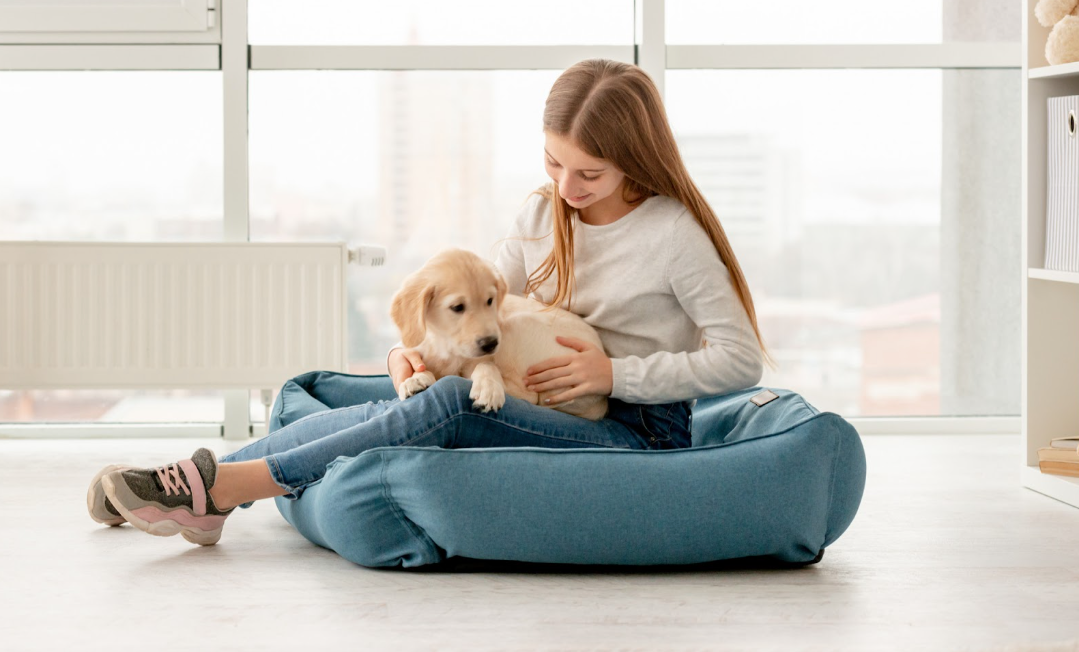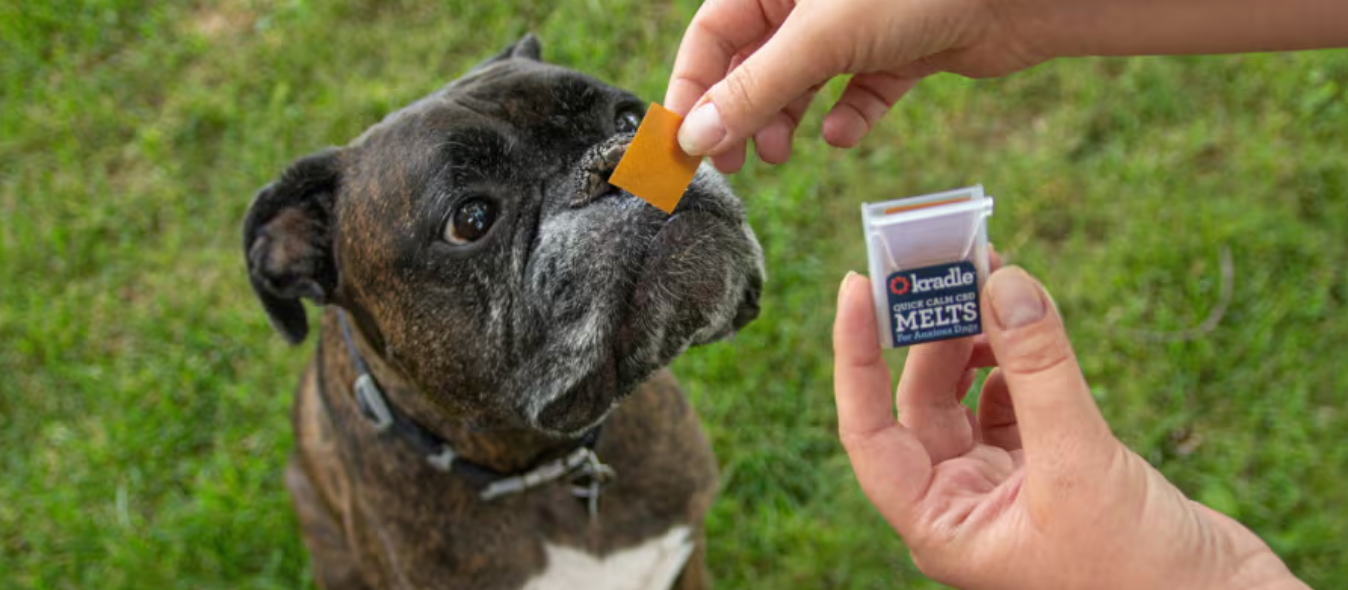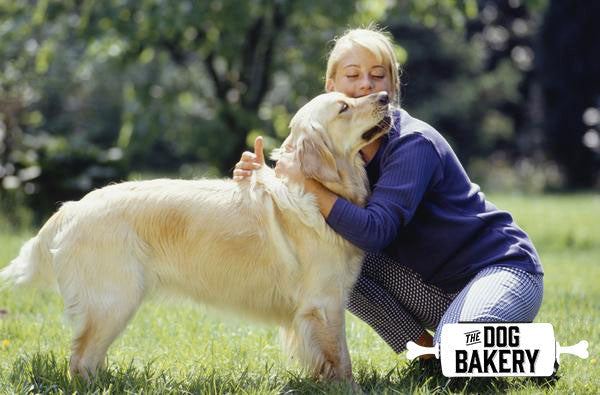There are big dogs, and then there are the giants. And let's face it, giant breeds aren't for everyone. Just because you might be a dog lover doesn't mean you want a Godzilla-sized dog romping through your house, clearing off tables, counter tops, and leaving a trail of slobber everywhere they go.
But for those of us who love the giant breeds, we can't think of anything better than curling up in bed with a dog who takes up most of it. While there are no official height or weight requirements that differentiate a giant dog from – well – just another large dog, there are certain breeds that are known for being larger than life (truly). These are the dogs that get attention wherever they go due to their size (and often the size of their heart as well). Great Danes, St. Bernards, Irish Wolfhounds, Newfoundlands, and Mastiffs are just a few of the more well-known breeds that are often classified as “giants”.

Learn the basics in taking home a Giant Breed dog
In order to reach their massive size, giant breeds usually take longer to mature, growing more slowly than their smaller canine cohorts. Also, because many of the giant breeds often have health-disadvantages smaller dogs don't, it's important to pay extra special attention to their health and nutrition. Problems like hip dysplasia, digestive issues, and bloat are common problems for these breeds. Because of this, many may even require a specific diet that focuses on weight and joint management in addition to every day nutrition. However, some giant breeds such as Scottish Deerhounds are gentle giants because they have a combination of elegance and strength.

But first, let's start from the beginning. Let's say you just brought home your Great Dane puppy. He's 8 weeks old and is currently, a manageable size. Of course, he won't stay that way for long, but believe it or not, he won't be fully grown until he's about two years old. As he grows, it's important to find a diet that's suitable for his growing body, to make sure his joints and bones can handle his body weight when he reaches his adult size. Also, you want to make sure that your puppy doesn't grow too fast because it puts more pressure on his bones and joints, which is something you definitely don't want since it can lead to serious problems later on and even shorten your dog's life span.
With any dog, no matter the breed or age, choosing a high-quality kibble is incredibly important. But with a growing puppy, you need to go the extra mile when looking at food labels. And don't think you can just pick up any random puppy food and call it a day. Mainly because while puppy food may work for most dogs, you need to look at the label. Oftentimes, even puppy food made specifically for large breeds contain too much protein, fat and calories, which can accelerate growth – which as we mentioned earlier, is something we don't want to do.
There are large breed puppy formulas out there that are fine, you just need to read the labels. Finding a large breed puppy food that says it's “Approved for all life stages” is one way you can cut down on issues, since these foods are intended not only for puppies, but also adult dogs as well.
So what should you look for in a puppy food? Many of the same things you're going to look for in an adult dog food as well.

For both adults and puppies, you'll want to start with the list of ingredients. The first item listed should be some sort of protein source. And while you may be scared away by pork or chicken meal, don't be. Meat meal is often a better source of protein than just chicken or pork itself. Typically, looking at the first five ingredients gives you an idea about the quality of the food. The more meat ingredients listed within those first five, the better.
From there, you should look at the protein levels. Unless you're feeding a raw or grain-free diet, protein levels should not be higher than 24%. Fat levels need to be between 12-14% at most. You can find this information on the label, and for an example of a dog good that fits these requirements, check out The Dog Bakery Peanut Butter Bones.
If you are feeding raw or grain-free, a higher protein content isn't likely a concern as the food is less likely to contribute to weight gain (think of it like a high-protein diet in humans versus one high in carbohydrates). While many pet owners fear protein, it's not so much the protein that causes the issues – it's the weight gain. If you feed your beloved pooch a high-quality, grain-free kibble such as The Dog Bakery Chicken Jerky, you should be golden.






